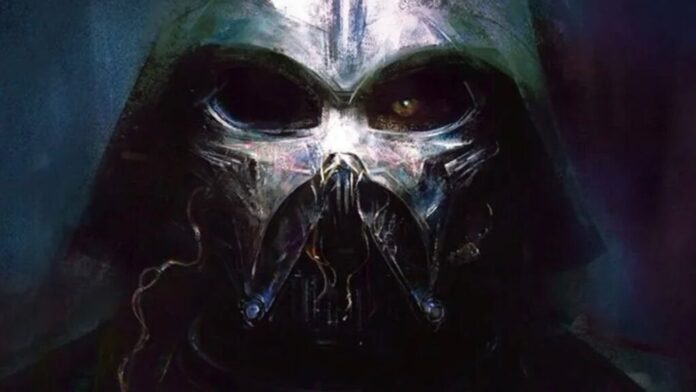Adam Christopher returns to the galaxy far, far away with his latest novel, Master of Evil, which offers some light horror elements to make Vader’s story even more tragic.
Star Wars: Master of Evil
Written By: Adam Christopher
Published By: Random House Worlds
Release Date: November 11, 2025
Purchase [Affiliate]: https://amzn.to/47PhtnW
Master of Evil takes place in the early days of the Empire, following soon after Palpatine secured his power and unveiled Darth Vader to the galaxy. For those fans who’ve kept up with the Darth Vader comics from Charles Soule (very good as well), this slots into those stories fairly nicely, and even recreates an early moment when Vader first creates his new, red, Lightsaber. Aside from that, however, this is an all new tale that incorporates things from The Clone Wars while painting the way forward to the Vader we come to know from the films.
The result is a novel that not only expands on Vader’s fall to the Dark Side, highlighting the obsession which kept him enslaved to Palpatine for all those years, but plants the seeds for his return to the Light. It’s an impressive balance, especially as there have been times when I’ve felt the new canon has pushed Vader almost too much into the evil stuff. To the point his redemption felt harder and harder to grasp. Master of Evil straddles that line effectively, mostly by keeping the bulk of the perspective through another’s eyes.
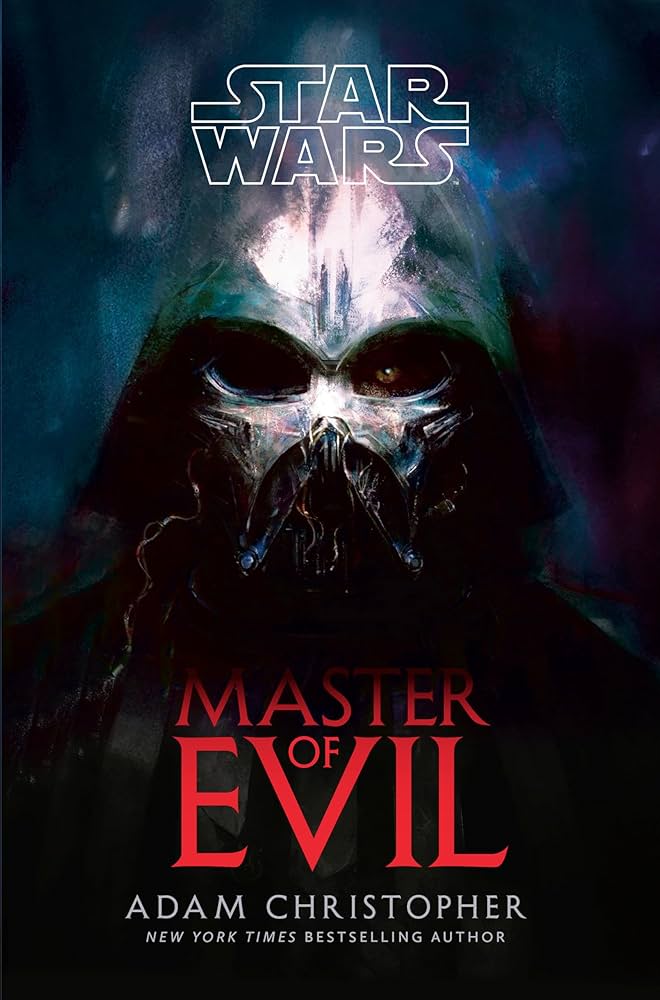
Despite the novel’s title, the bulk of the story is told from the perspective of another: Colonel Halland Goth. Halland leads the Emperor’s Royal Guard and is tasked with aiding Darth Vader on the Sith Lord’s latest mission…while also spying on him per the Emperor’s commands. Because, as we all know, Palpatine is a tricky bastard and wants to ensure his latest apprentice stays loyal.
Alongside a quirky medical droid (who can swap out his skills and personality), TC-99, Goth sets out to complete his mission, all while harboring a secret of his own. He’s loyal to the Empire, naively so, and genuinely believes Palpatine is what the galaxy needs to attain true peace. A peace he desperately wants to see.
Unfortunately he’s been diagnosed with a rare, incurable disease: Kangyl’s syndrome. He’s running on little more than borrowed time. As Vader’s personal quest to discover all new Dark side powers continues, Goth sees the potential for this power to extend his own life.
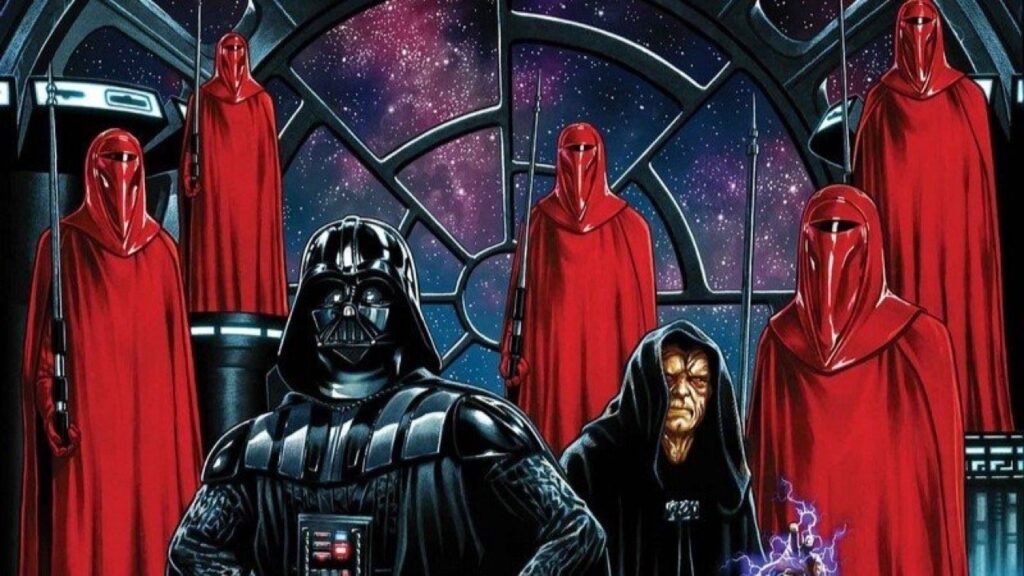
As a result, Halland finds himself torn between covering for Darth Vader, even as it seems he’s working against the Emperor, and staying loyal to the Empire he believes in. Straddling this line between keeping not one, but two Sith Lords from killing him is no mean feat and gives the entire novel a base layer of tension that keeps you invested as things get crazier and darker.
Things kick off somewhat normal, as Vader is sent to investigate a “Resurrectionist” on the outer planet of Diso. What he discovers there, however, leads him to a discovery once made by Count Dooku during the Clone Wars, and an ancient Sith temple. Harboring a locus/vergence in the Force that promises a dark power beyond comprehension, Vader becomes obsessed with tracking it down and securing it in order to master it. In so doing, he might discover what he needs to make Palpatine’s original promise about conquering death, possibly bringing Padmé back, a reality.
When Vader disappears on this personal quest, Halland is tasked with tracking down the errant Sith Lord. Something that becomes an obsession of his own as his illness takes a turn for the worse and he begins running out of time. It’s a journey that will take Halland to the edge of the galaxy, witnessing untold terrors of the dark, and will ultimately test everything he believes in.
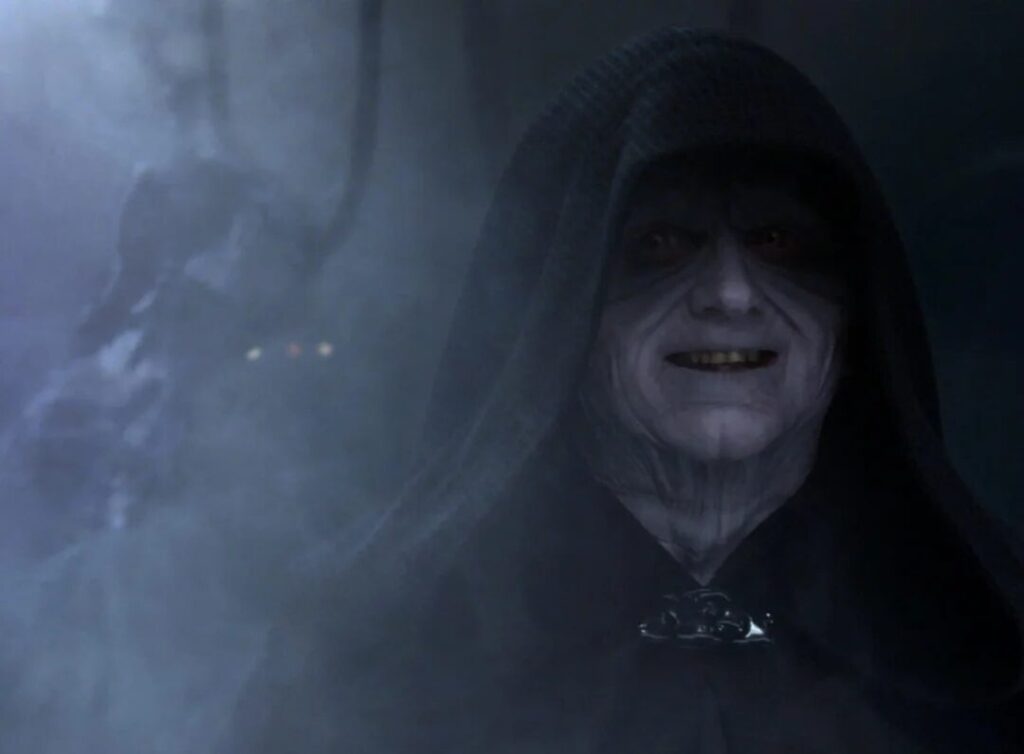
There’s a WHOLE lot more going on in this book, with plenty of (fairly important) side characters I haven’t mentioned yet. There are a number of moving parts that give us an expanded look at the inner workings of the upper echelon of the Empire and the contentious atmosphere Palpatine has purposely created around those who work for him. That said, I don’t want to dive into any spoilers, so I’m going to leave the basics at this. Suffice it to say, even though the book is mostly from Halland’s perspective, it explores the Dark side and the nature of evil in some intriguing ways.
By and large, Master of Evil is more akin to a horror story—specifically an old-school Gothic horror—than space fantasy. You have Halland, whose painful disease is literally burning him up from the inside; promising a painful, horrific death. Then there’s Vader, whose obsession with his lost love drives him to darker depths in search of forbidden knowledge. Knowledge that could very well destroy him as much as help him.
Things are simple enough at first, kicking off like an ordinary adventure in the galaxy far, far away. We start on a backwater world, just barely capable of space travel, but its connection to ancient rituals and dark mysteries pushes the characters to places beyond the expected—or what they imagined possible. As the story progresses new characters/events continually step up the danger, a constant reminder of what failure would mean. But there’s no going back, no option but to keep going forward into the horrors and risking madness in an effort to accomplish their goals.
In this way, Master of Evil is very evocative of those classical horror stories in the structure of the narrative and how it doles out information. It’s a slow-building dread, a creeping sense of wrongness that only grows as the story continues. There comes a point we, as readers, are able to recognize to true depth of danger to the characters well before they do. In true horror fashion, however, there’s nothing we can do other than watch it continue to unfold, helpless.
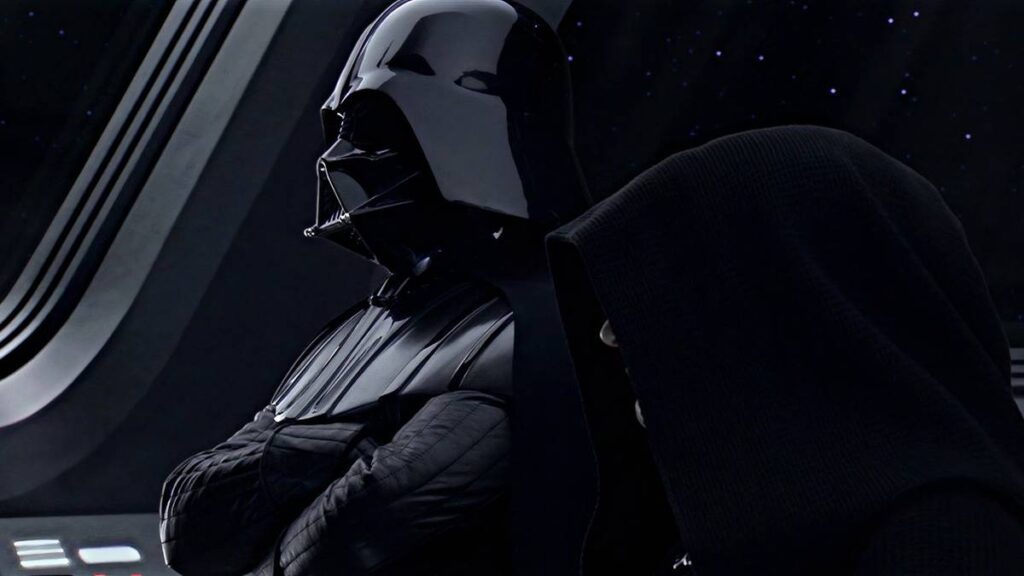
Christopher’s style of prose lends itself perfectly to the more mystical/esoteric side of Star Wars. It’s a key reason his previous novel, Shadow of the Sith, was so damn effective and engaging. There’s a point where Master of Evil leans fully into this aspect, but he manages to ground those elements effectively within the typical Star Wars storytelling style. The result is getting some truly unique sequences and bits of story that you wouldn’t think would work for this universe, but meshes seamlessly instead.
In a broader sense, however, this writing style is what really makes this horror approach work. Especially because he also handles the Sci-Fi elements with skill. It’s not a “pure” horror story (like we’ve gotten with books like Death Troopers or Red Harvest), but also integrates all the space opera elements fans want out of their Star Wars stories. Everything from dynamic space piloting action, to big battles, quirky technology, and even humor…it’s all there; seamlessly integrated into the overarching horror structure. The result is a book that hooks you instantly and keeps you turning the pages at a breakneck pace. Despite it’s length, it makes for a quick read.
By presenting Master of Evil in this specific way, Christopher is able to deftly explore the true cost of the Dark Side in a way that only deepens the tragedy of Darth Vader. In having lost everything, the only path he sees forward is to fully embrace the evil he’s become. To delve so deeply into it so the power granted to him becomes enough to justify the pain of losing Padmé. We know that’s not possible. In that knowledge we can see the kernels of Vader’s own realization, which will one day grow and expand thanks to the help of his son.
As such, Master of Evil does a great job of presenting us with a thrilling Vader-centric story that offers insight into his early days, while showing how the seeds of his ultimate redemption have always been in place. Combine that with some great new characters and plenty of thrilling action sequences, Master of Evil might not have been the book we were expecting, but it’s one that will stand the test of time. There’s a lot of heart and thoughtfulness put into the story, with plenty of layers to peel back. I suspect it’s the kind of story that will only improve the more you read it and think about it.

